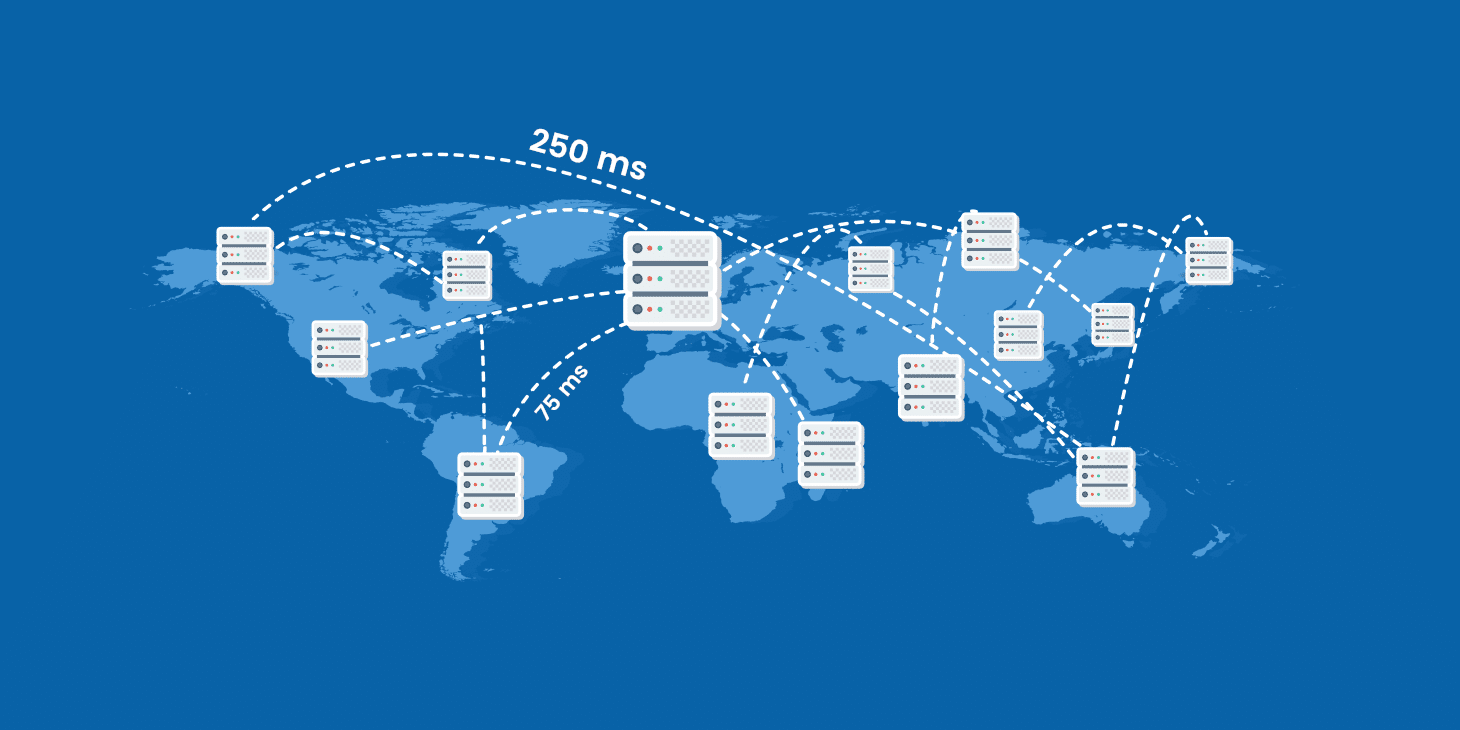Network latency is the term used to indicate any kind of delay that happens in data communication over a network. Network connections in which small delays occur are called low-latency networks whereas network connections which suffer from long delays are called high latency networks.
High latency creates bottlenecks in any network communication. It prevents the data from taking full advantage of the network pipe and effectively decreases the communication bandwidth. The impact of latency on network bandwidth can be temporary or persistent based on the source of the delays.
Possible contributors to network latency include:
- Problems with the transmission medium itself.
- Errors with the router or switches as each gateway take time to examine and change the packet header.
- Anti-virus and similar security processes by often requiring complete message reassembly and tear down before sending on.
- The propagation time or the time it takes for a packet to physically travel from its source to a destination.
- Storage delays when packets are subject to storage or disk access delays at intermediate devices like switches and bridges.
- Software malfunctions at the user level can cause some delays from a user perspective.
Network latency can be tested through ping tests and traceroutes. Most of the time, a packet's round-trip time is measured. With the help of this analysis, network administrators can re-route packets to minimize network latency.
latency setting:
A memory setting in a computer system's BIOS that specifies the speed at which memory receives and sends data. The lower the latency number, the better the system performance and the more stress the system is put under, which can lead to system instability, particularly in overclocking scenarios.
Latency settings typically are expressed as a four-digit number separated by dashes, such as 2-2-2-5. The first number always represents the CAS latency, as that type of latency typically is the most important. The second number typically is the RAS-to-CAS delay, followed by the RAS precharge (which is how long the memory is powered so that data can be read from it) and typically concludes with the ACT to precharge delay, which is normally the highest number of the four settings.






No comments:
Post a Comment